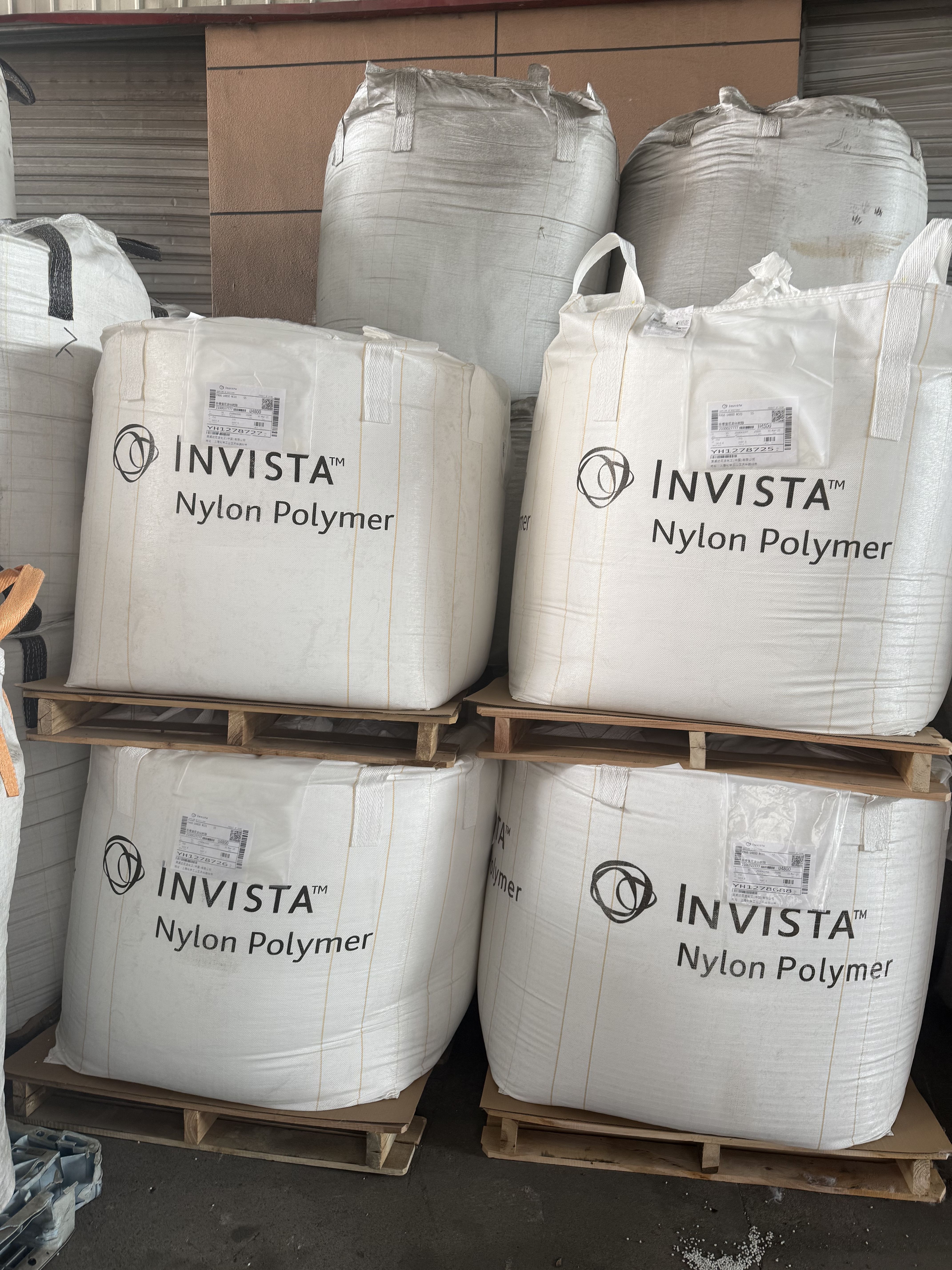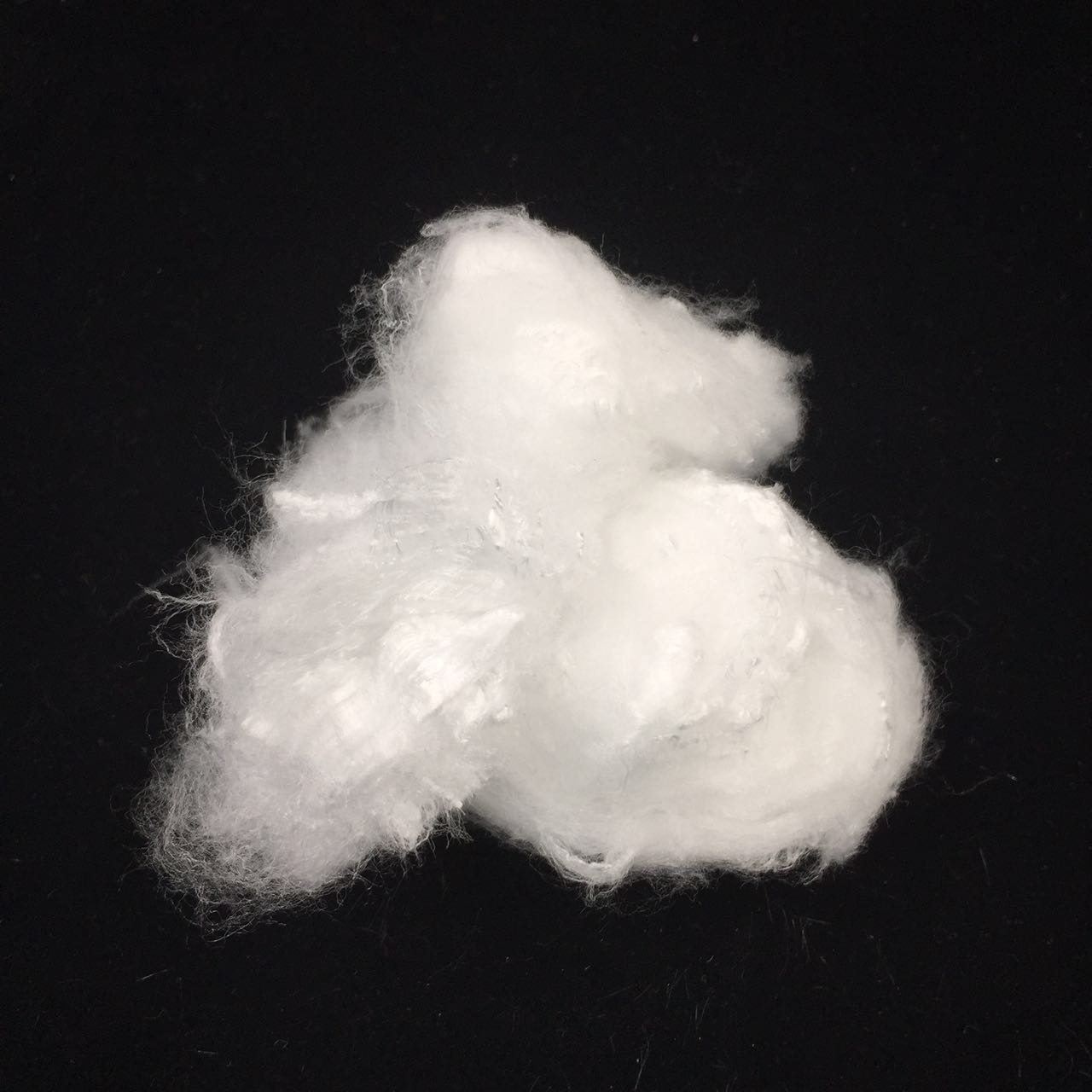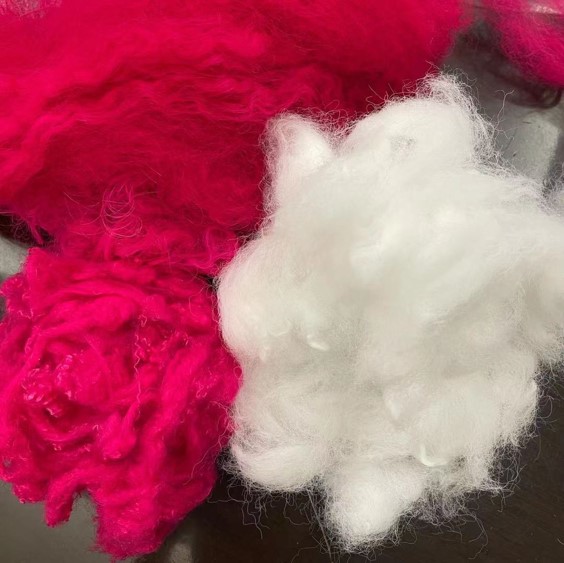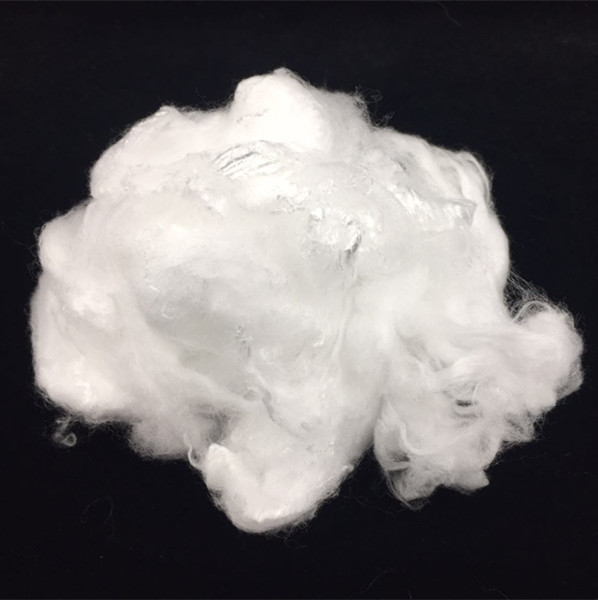Navigating the World of Textiles: Synthetic vs. Natural Fibers
When choosing materials for clothing, textiles, or industrial applications, the options can seem endless. From high-tech synthetics to luxurious natural threads, each fiber type offers unique characteristics. One of the most well-known synthetic options is nylon fiber, prized for its strength and versatility. However, natural alternatives like alpaca fiber continue to captivate with their distinct qualities. Understanding the differences and benefits of each can help you make informed decisions for your specific needs. This guide will explore these fascinating materials, delving into their properties and applications.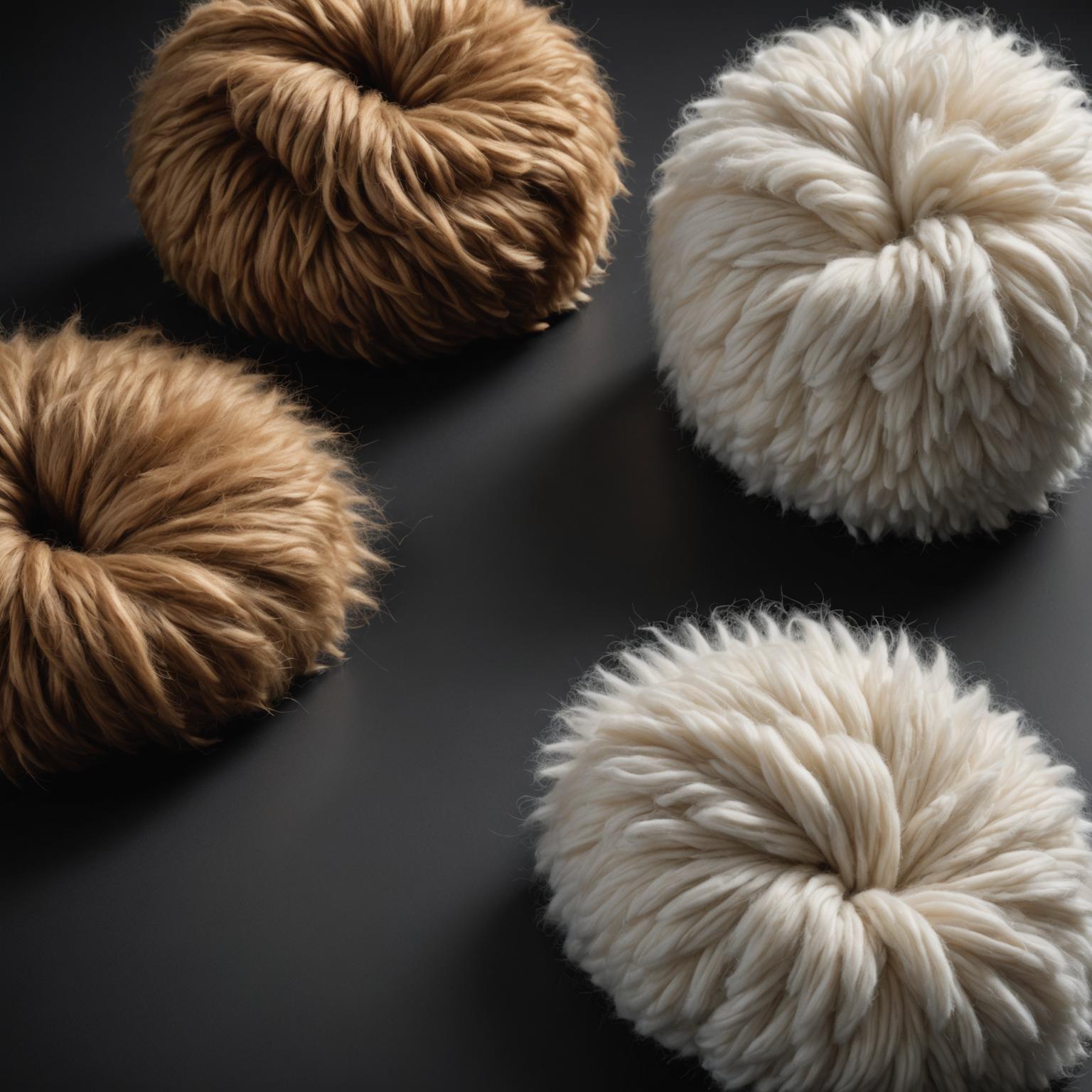
Getting to Know Nylon Fiber
Nylon fiber, a type of polyamide, was a groundbreaking invention that revolutionized the textile industry. It's known for its exceptional strength, elasticity, and abrasion resistance. This means fabrics made from nylon can withstand a great deal of wear and tear, making them ideal for items like hosiery, activewear, ropes, and outdoor gear. Nylon is also lightweight, dries quickly, and is resistant to damage from insects, fungi, and many chemicals. While it offers incredible durability and performance, it is derived from petrochemicals, a factor to consider for those prioritizing natural or renewable resources. Its smooth, often lustrous surface can be engineered to various finishes, contributing to its wide range of uses. The versatility of nylon fiber has secured its place as a staple in many industries.
The Allure of Natural Alpaca Fiber
On the natural side of the spectrum, alpaca fiber stands out for its luxurious feel and impressive performance. Harvested from alpacas, which are native to the Andes Mountains, this fiber has been cherished for centuries. It's renowned for being incredibly soft, often compared to cashmere, yet surprisingly strong. Alpaca fiber is naturally hypoallergenic because it contains very little lanolin, the oil found in sheep's wool that can cause irritation for some individuals. This makes it a wonderful choice for those with sensitive skin. Its fine, silky strands create garments that are both lightweight and exceptionally warm.
Exploring Different Types of Alpaca Fiber
Not all alpaca fiber is created equal; there are different grades and types of alpaca fiber that influence its texture and use. The fineness of the fiber is typically measured in microns, with lower micron counts indicating softer, more luxurious wool. Baby alpaca, for instance, refers to the finest, softest fleece, usually from the alpaca's first shearing, not necessarily from a baby animal. Royal alpaca is even finer. These premium grades are sought after for high-end garments and accessories. Other types of alpaca fiber, slightly coarser, are still wonderfully soft and are used for a broader range of products like durable outerwear, blankets, and cozy sweaters. The natural colors of alpaca fleece are also diverse, ranging from whites and fawns to browns, grays, and blacks, reducing the need for dyeing.
A Comparative Glance: Nylon vs Alpaca
When considering nylon vs alpaca, several key differences emerge, making each suitable for different purposes. Nylon boasts superior strength and durability, making it excellent for high-stress applications and items needing to withstand rough use. Alpaca fiber, while strong for a natural fiber, is prized more for its softness, warmth, and hypoallergenic properties. In terms of moisture management, nylon tends to be less breathable and can feel clammy when wet, though it dries quickly. Alpaca, on the other hand, has excellent moisture-wicking properties, drawing moisture away from the skin and allowing it to evaporate, which contributes to comfort in various climates. Alpaca also offers superior insulation; its hollow core fibers trap air, providing warmth without excessive weight. From a sustainability perspective, alpaca is a renewable resource, while nylon is synthetic and petroleum-based.
Highlighting Alpaca Fiber Properties and Benefits
Delving deeper into alpaca fiber properties, its unique structure contributes significantly to its appeal. The hollow or semi-hollow core of each fiber not only provides insulation but also makes it lightweight. This means an alpaca sweater can be warmer than a heavier wool counterpart. The inherent softness, often described as silky, comes from the small scales on the fiber shaft, which are less pronounced than those on sheep's wool, reducing the 'prickle factor.' Key alpaca fiber benefits include its natural hypoallergenic nature, its impressive thermal regulation (warm in winter, breathable in warmer weather), its water resistance (it tends to repel light rain), and its flame resistance. Furthermore, alpaca fiber is known for its beautiful luster and drape, adding an elegant touch to finished products. The combination of these alpaca fiber properties makes it a truly luxurious and practical material, ideal for everything from delicate scarves to cozy blankets and stylish apparel.



